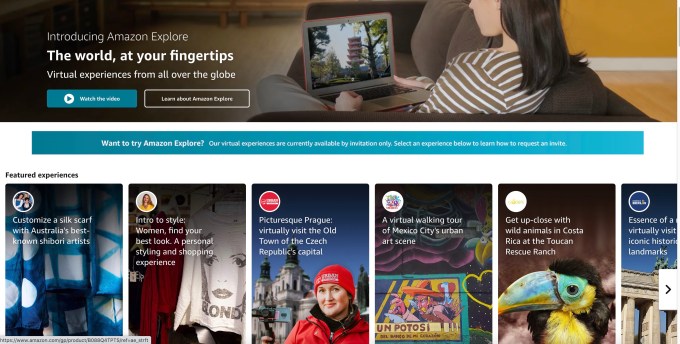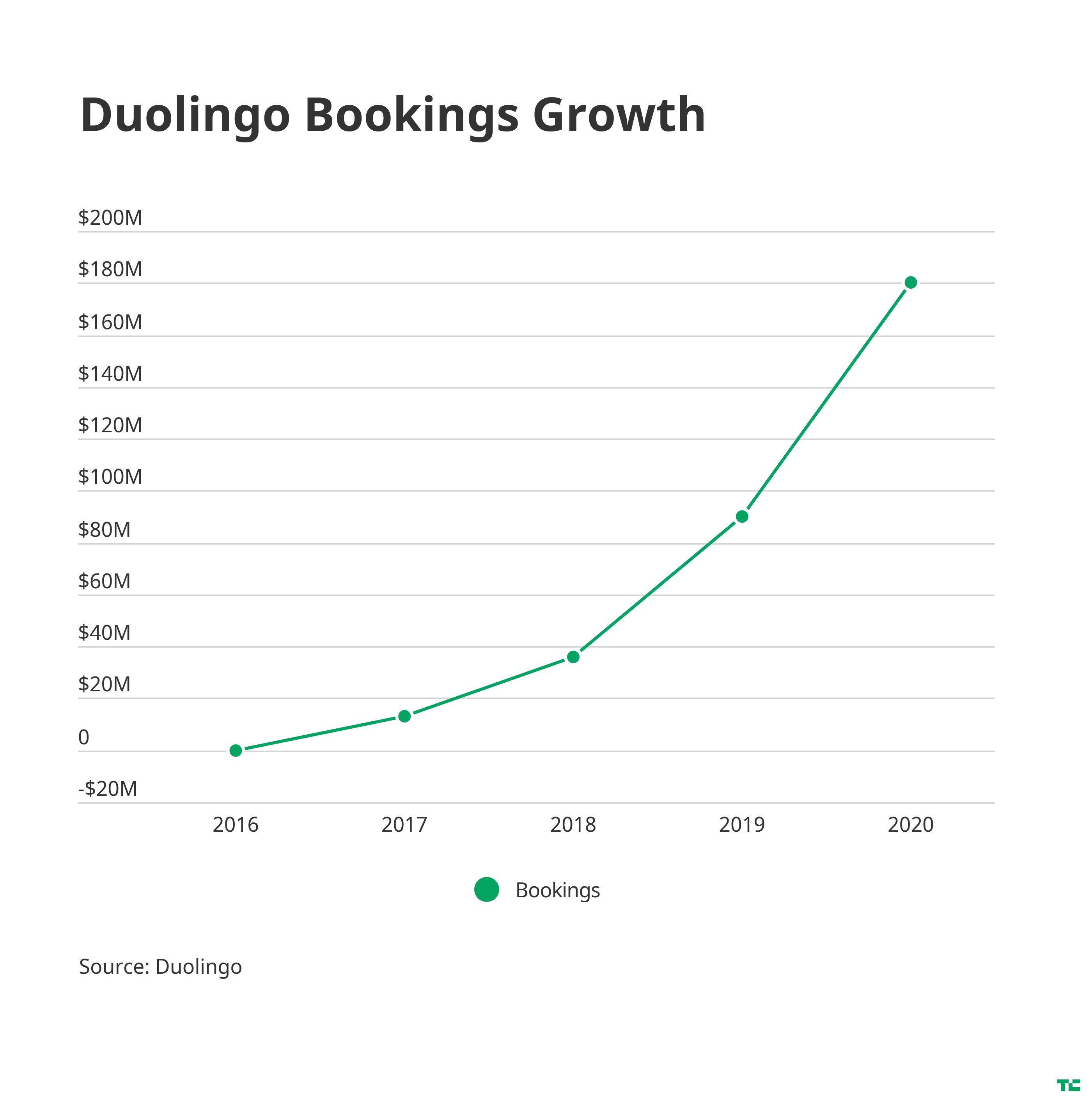Amazon unveils a new biometric ID technology, the Biden campaign takes aim at Facebook and iRobot’s co-founder joins a robotic gardening startup. This is your Daily Crunch for September 29, 2020.
The big story: Amazon lets you pay with your palm
The company announced a new biometric device for Amazon Go stores. Called Amazon One, the first time you use it, you insert your credit card and scan your palm; after that, you can just hold your palm over the device when entering the store and Amazon can automatically charge you for the items you purchase.
If you’re worried about privacy and security, Amazon said the images are encrypted and stored securely in the cloud, and it also argued that palms are more private than other forms of biometric identification, since you can’t determine someone’s identity just by looking at their palm.
The technology is being tested in two Seattle-area Amazon Go stores. The company suggested that the technology could eventually be used by third parties, for example at stadiums and office buildings.
The tech giants
Ringing alarm bells, Biden campaign calls Facebook ‘foremost propagator’ of voting disinformation — In a new letter to Mark Zuckerberg on the eve of the first presidential debate, the Biden campaign slammed Facebook for its failure to act on false claims about voting in the U.S. election.
Serious injuries at Amazon fulfillment centers topped 14,000, despite the company’s safety claims — More than 14,000 serious injuries (requiring days off or job restrictions) were reported in fulfillment centers in 2019, according to a story in Reveal.
Pivoting during a pandemic — Facebook’s vice president of Messenger discusses how his team has responded to the new normal.
Startups, funding and venture capital
Starlink puts towns devastated by wildfires online for disaster relief workers — A couple small towns in Washington have received Starlink connections to help locals and emergency workers.
iRobot cofounder Helen Greiner named CEO of robotic gardening startup, Tertill — Launched as a 2017 Kickstarter, the product is essentially a solar-powered robotic weed whacker designed to live in the user’s garden and do routine maintenance.
Online course platform Thinkific raises $22 million — Thinkific is different from businesses such as MasterClass and Skillshare because it doesn’t create, distribute or monetize online classes itself.
Advice and analysis from Extra Crunch
Duolingo CEO explains language app’s surge in bookings — Luis von Ahn tells TechCrunch that Duolingo has hit 42 million monthly active users, up from 30 million in December 2019.
Healthcare entrepreneurs should prepare for an upcoming VC/PE bubble — Patientco CEO Bird Blitch has a warning for entrepreneurs.
9 VCs in Madrid and Barcelona discuss the COVID-19 era and look to the future — Part one of a two-part survey that polled 18 active investors in the region.
(Reminder: Extra Crunch is our subscription membership program, which aims to democratize information about startups. You can sign up here.)
Everything else
Disney+ adds a co-watching feature called GroupWatch — Disney’s experience has some advantages (like the fact that it works on internet-connected TVs), but it lacks one of the hallmarks of co-watching, namely a chat that runs alongside the video.
Polaris and Zero Motorcycles reach deal to bring electric off-roaders to market — Polaris is a name synonymous with powersports.
The Daily Crunch is TechCrunch’s roundup of our biggest and most important stories. If you’d like to get this delivered to your inbox every day at around 3pm Pacific, you can subscribe here.






